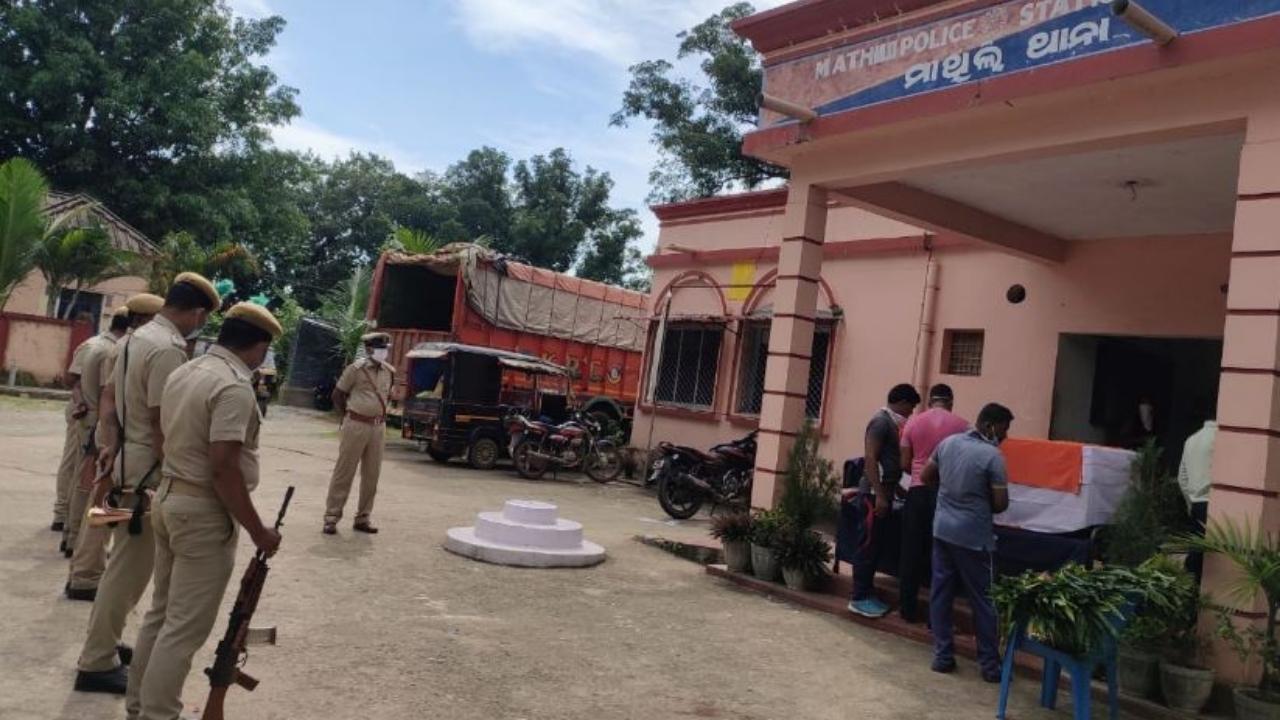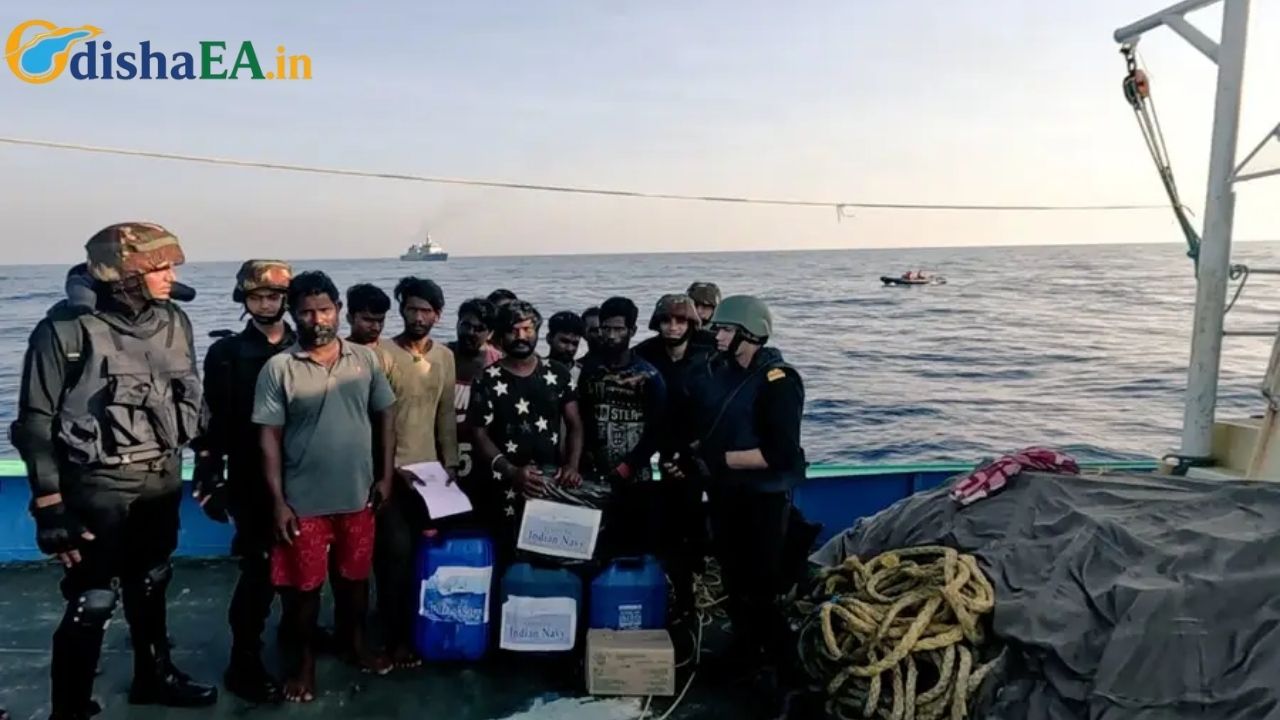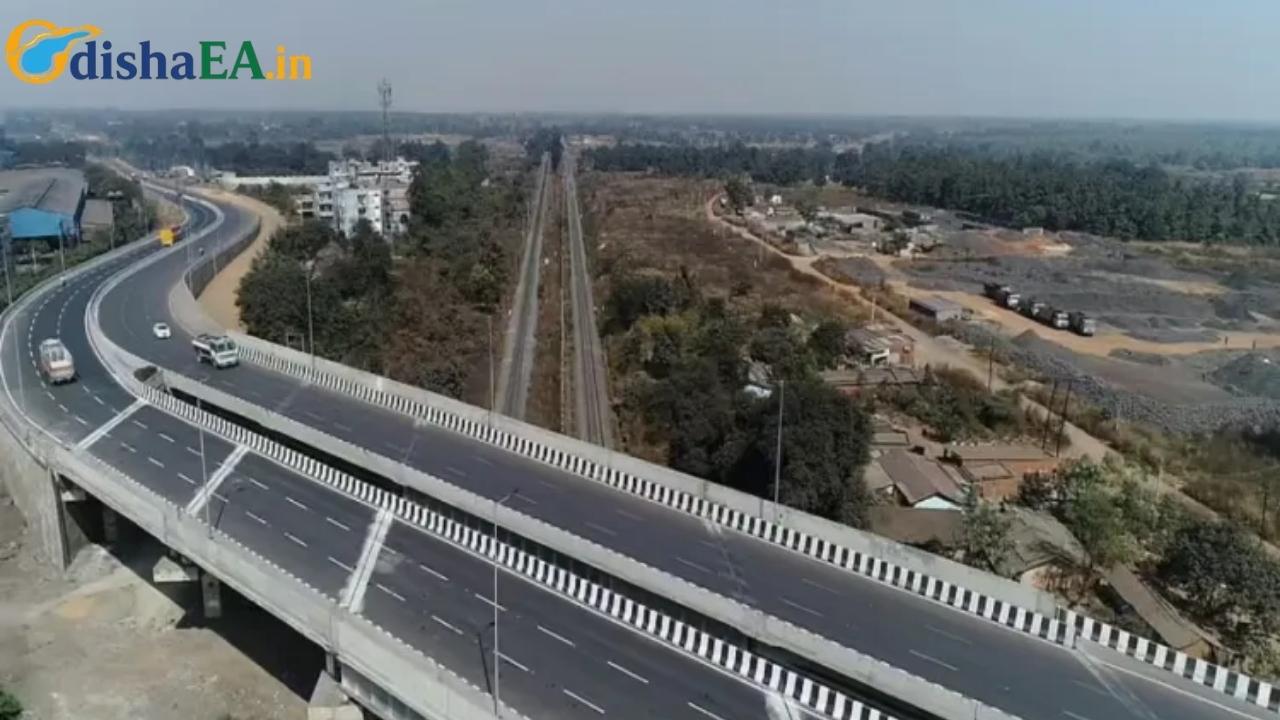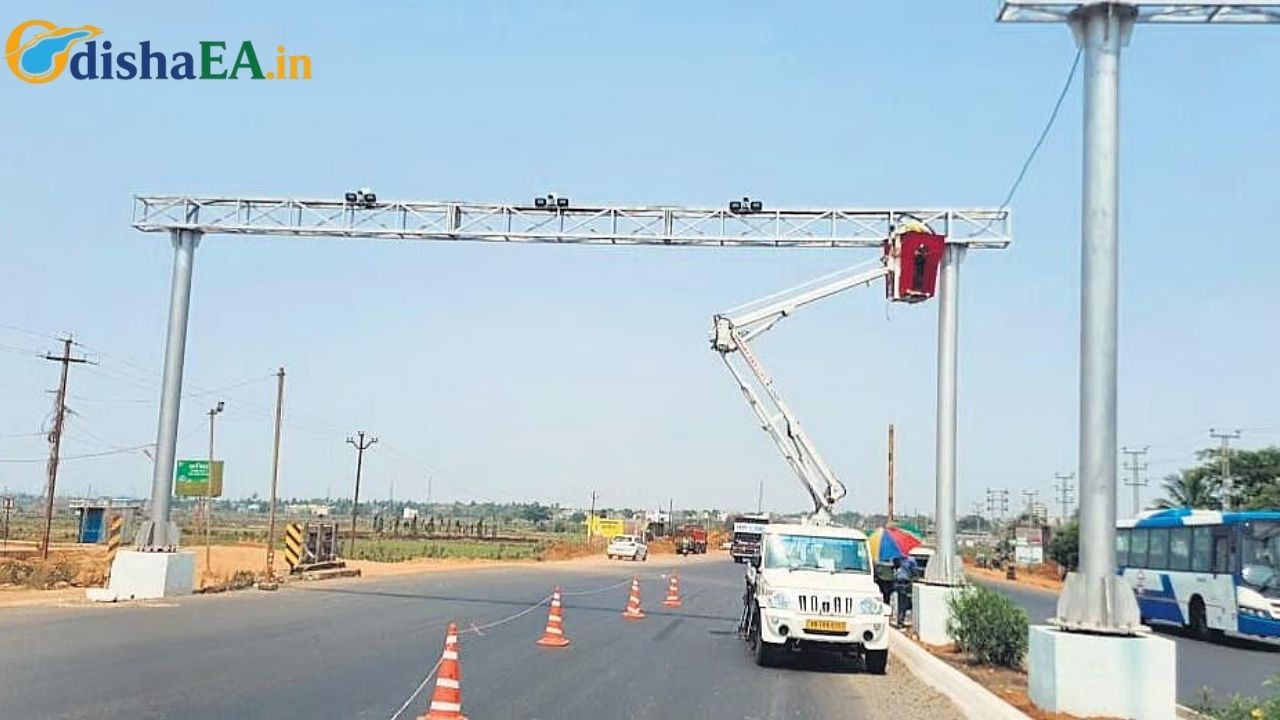In a shocking incident that has sent ripples through the journalism community, a journalist named C.H. Naresh was brutally murdered in Odisha’s Malkangiri district. Naresh, a local web journalist, was allegedly attacked by a group of assailants near Muraliguda village, which falls under the Motu police station area. This attack is not just another story about violence; it is a grim reminder of the dangers faced by journalists, particularly in remote regions of India, where reporting the truth can come with severe consequences.
C.H. Naresh was reportedly conversing with two fellow journalists and two local youths when a group of five men, traveling on motorcycles, ambushed them with sharp weapons and swords. The brutality of the assault was alarming. Not only did the attackers murder Naresh in cold blood, but they also stole the vehicle at the scene before fleeing.
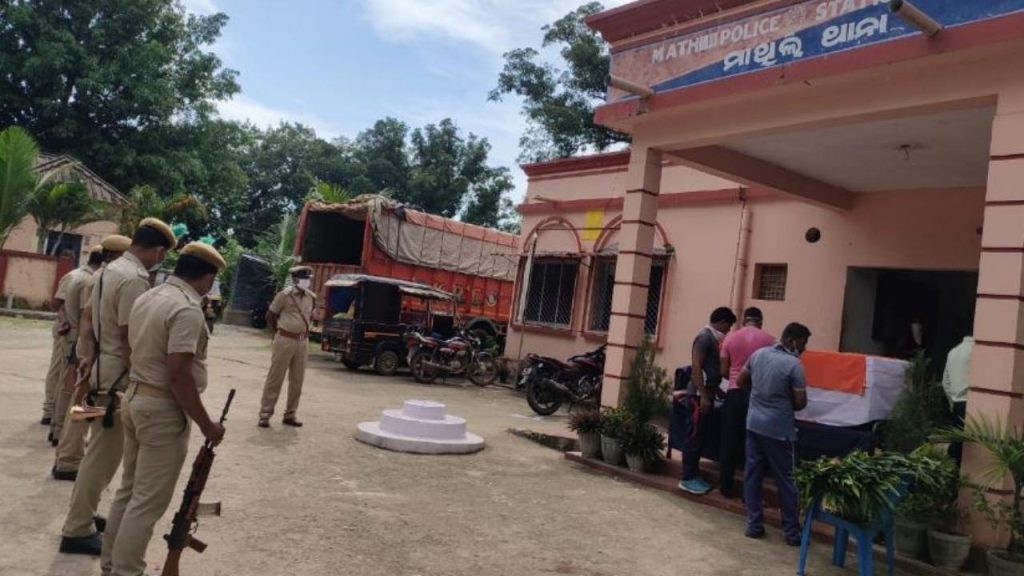
Naresh was initially rushed to the Motu Health Center and later transferred to the Malkangiri District Headquarters Hospital. However, despite medical efforts, Naresh succumbed to his injuries, leaving behind a void in the local journalistic community. The police are currently investigating the case, but the motive for the murder remains unclear. As of now, no arrests have been made, and the assailants are still on the run.
Journalist Murdered in Odisha’s Malkangiri
| Key Event | Details |
|---|---|
| Location | Malkangiri district, Odisha |
| Victim | C.H. Naresh, web journalist |
| Attack Method | Sharp weapons and swords used by five assailants on motorcycles |
| Initial Medical Attention | Motu Health Center, later transferred to Malkangiri District Headquarters Hospital |
| Current Status | Investigation underway; no arrests made |
| Motivation | Unknown (investigation ongoing) |
| Impact | Highlighting dangers to journalists in remote areas |
The murder of journalist C.H. Naresh is not just a loss for his family and friends but also for the entire journalistic community. It highlights the growing dangers that reporters face in rural and conflict zones. As the investigation into his death unfolds, it’s critical for the public to rally behind journalists and demand stronger protections.
Press freedom is not just a luxury; it’s an essential part of any democracy. By standing up for journalists, we stand up for truth, transparency, and justice. Let this tragedy serve as a reminder that the fight for press freedom is ongoing, and journalists like Naresh deserve our support and protection.
The Danger Faced by Journalists in Remote Regions
The tragic death of C.H. Naresh brings to light the precarious situation faced by journalists, especially those working in remote or conflict-prone regions like Malkangiri. Local journalists often report on sensitive topics, from political corruption to illegal activities, that may expose powerful individuals or groups. This creates a risk of retaliation, which can escalate into violence, as seen in Naresh’s case.
In the context of Odisha, Malkangiri has been a challenging area for reporters due to its proximity to tribal regions and the ongoing conflict with Maoist insurgents. Journalists here sometimes face threats from both sides of the political divide, and reporting can be a dangerous profession.
Understanding the Impact on Press Freedom
Journalists like Naresh are the eyes and ears of society. They bring to light stories that many people might not otherwise hear, from local corruption to human rights violations. Press freedom is a cornerstone of democracy, allowing citizens to make informed decisions. However, when journalists are silenced through violence or intimidation, it undermines this fundamental right.
In Odisha, there have been several incidents in the past where journalists have been threatened or attacked, but Naresh’s murder has sparked renewed concern over the safety of journalists working in rural and tribal areas. The absence of clear answers about the motive behind the crime only adds to the uncertainty and fear.
What Needs to Be Done: Protecting Journalists
It is imperative that authorities take steps to protect journalists and ensure that they can carry out their work without fear of violence. Here’s what needs to happen:
- Stronger Legal Protections for Journalists:
There needs to be better enforcement of laws that protect journalists from harm. Authorities should make sure that attacks on journalists are treated as serious offenses and punishments should be harsh enough to deter potential attackers. - Increasing Police Security in Conflict Zones:
Areas like Malkangiri, which are often embroiled in political instability or conflict, require increased police presence to protect journalists and ensure their safety. - Support for Investigative Journalism:
Investigative journalists should be supported both financially and legally, as their work often involves risks. Local media organizations must create a safer working environment for reporters in high-risk zones. - Encouraging Transparency:
Governments and local authorities need to encourage more transparency in their dealings, which will make it less likely for journalists to be targeted. When information is freely available, the likelihood of corruption and abuse of power is reduced.
The Importance of Supporting Journalists
It’s important to remember that journalists do more than just write stories. They often serve as the voice of marginalized communities, highlight societal issues, and keep the government accountable. Without a free press, corruption, human rights violations, and crimes could go unchecked.
In addition to legislative action, there is also a need for widespread support for journalists from the general public. People can show their support by advocating for press freedom, donating to organizations that help journalists, and ensuring that media outlets provide ethical and truthful reporting.
Missing Odisha Man Found Dead in Forest; Family Suspects Foul Play
Aspirants Duped of Rs 65 Lakh, Accused Arrested in Berhampur
FAQs
1. Why was C.H. Naresh murdered?
The exact motive behind C.H. Naresh’s murder is still under investigation. However, journalists in conflict areas like Malkangiri often face retaliation from powerful individuals or groups for exposing sensitive information.
2. How can journalists protect themselves in dangerous areas?
Journalists working in high-risk areas can take steps to protect themselves, including working in teams, staying alert, avoiding dangerous locations, and using secure communication methods. It’s also crucial for media organizations to provide training in personal safety and digital security.
3. What legal protections exist for journalists in India?
India has laws like the Press Council Act and the Protection of Journalists Act, but enforcement can be inconsistent. It’s essential for the government to strengthen these laws to ensure journalists’ safety.
4. What is being done to investigate C.H. Naresh’s murder?
The police in Malkangiri are currently investigating the case, but no arrests have been made yet. The local press community has expressed concerns about the investigation’s progress.

